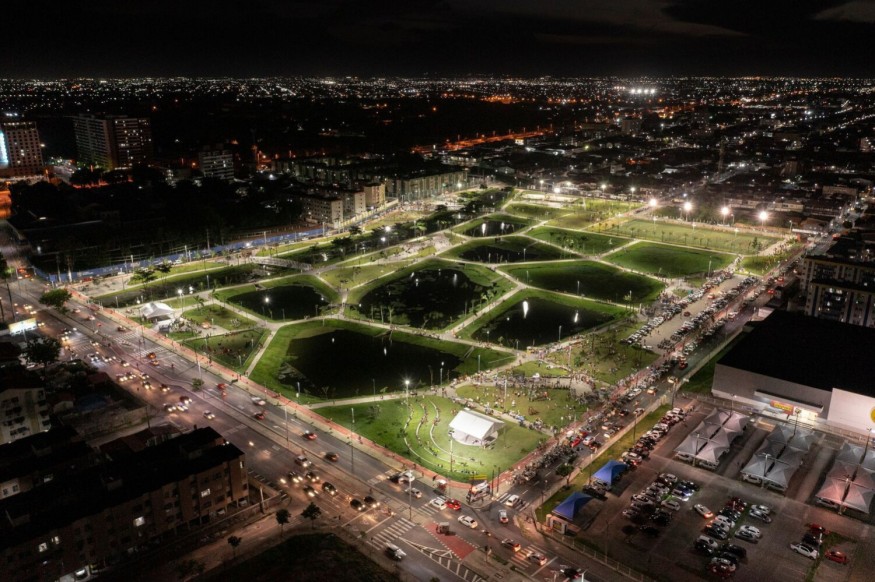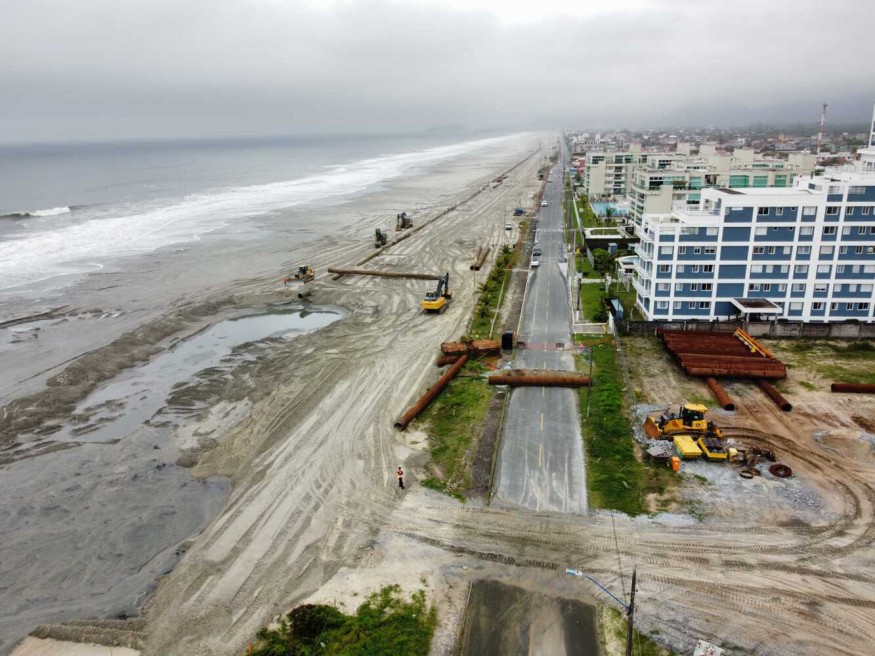Navigating Flood Challenges in Latin American Cities With Innovative Strategies

In the ever-evolving narrative of Latin American cities, the specter of extreme weather events looms large, signaling a pressing need for innovative solutions. Recent data from various Brazilian cities starkly illustrate the challenges posed by excessive rainfall, leading to floods, inundations, and landslides, impacting the lives of millions. A study by the National Confederation of Municipalities in 2023 paints a grim picture of disasters directly affecting 5.8 million Brazilians, encompassing loss of lives, displacements, and significant economic damages.

Climate Change and Shifting Patterns:
Aligned with the foreboding predictions of the Brazilian Panel on Climate Change (PBMC) and the renowned IPCC report, the climate landscape is transforming significantly. Beyond the anticipated rise in temperatures due to climate change, a drastic shift in rainfall patterns is predicted. While the southern regions brace for constant rain, the north faces historic droughts, ushering in unprecedented challenges that demand innovative and adaptive solutions.
Confronted with the impracticality of utilizing flood-prone areas, the spotlight turns to expansive public green spaces as potential saviors. Urban green corridors, as exemplified in Medellín, Colombia, the Córrego Grande Linear Park in Florianópolis, Brazil, or the proposed Ecological Corridors in Bogotá, Colombia, emerge as integral strategies. These initiatives focus on integrating or preserving vegetation within urban centers, enhancing soil permeability, and fortifying water absorption capacities.
Delving into the realm of green infrastructure, initiatives like urban gardens in northern Brazil and discreet yet impactful green roofs at the Universidad de los Andes Civic Center in Bogotá showcase the multifaceted role of vegetation in flood mitigation. Although not conventional public green spaces, these endeavors significantly contribute to rainwater absorption, offering relief in densely populated urban areas where traditional green spaces are limited.

Adaptive Water Management:
Coastal and riverine inundations pose constant challenges for many Latin American cities, historically addressed through solutions like beach nourishment and seawall construction. However, a paradigm shift toward adaptive water management measures gains momentum. The Amphibious Membrane and City-Park project in Recife, Brazil, epitomizes this shift, envisioning an Ecosystemic Park on the urban oceanfront that dynamically adapts to human intervention and natural processes.
In tackling flood challenges, a key emphasis is placed on strategies that efficiently minimize damage to communities. The Cañales Skatepark in Mexico provides an intriguing case study where architectural design integrates the area's flood-prone history. By elevating the covered sports area, the design ensures that water only reaches the outer perimeter during floods, preserving the structure and guaranteeing continued functionality.
The LAMOCC Community Center in the Colombian Caribbean emerges as a resilient structure designed to address emergencies caused by climate change, particularly rising sea levels and flooding. Resulting from a public competition, the project combines vernacular techniques with contemporary methods, standing as both a community gathering place and a refuge during flooding episodes.
Latin American cities deploy a diverse toolbox of strategies, ranging from green infrastructure to innovative architectural designs, to address the multifaceted challenges of flooding. Recognizing that specific anti-flooding solutions may vary based on local conditions, budgets, and available resources, collaborative efforts among governments, local communities, and international organizations become paramount for successfully implementing and sustaining these strategies.
Latin American cities stand at the forefront of pioneering flood mitigation strategies as the climate crisis intensifies. Navigating these challenges demands a comprehensive approach combining diverse techniques and accommodating short-term and long-term solutions. Through collaborative efforts, these cities can forge a resilient path forward, ensuring the safety and well-being of their communities amidst the rising tides of change.











